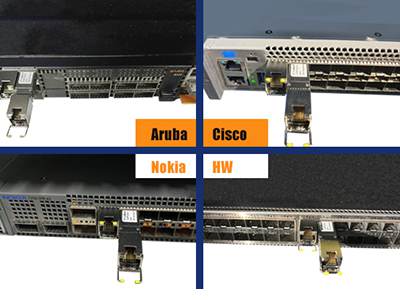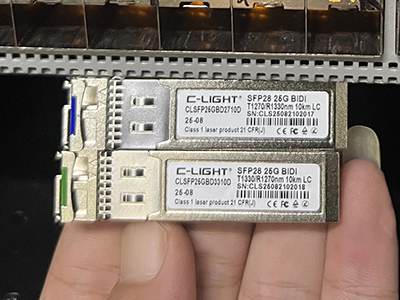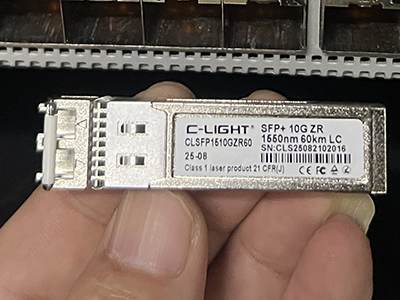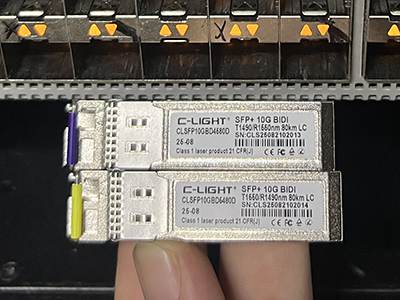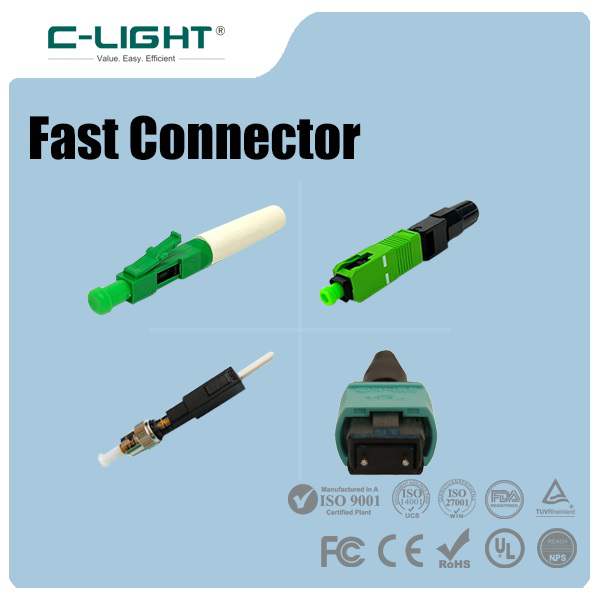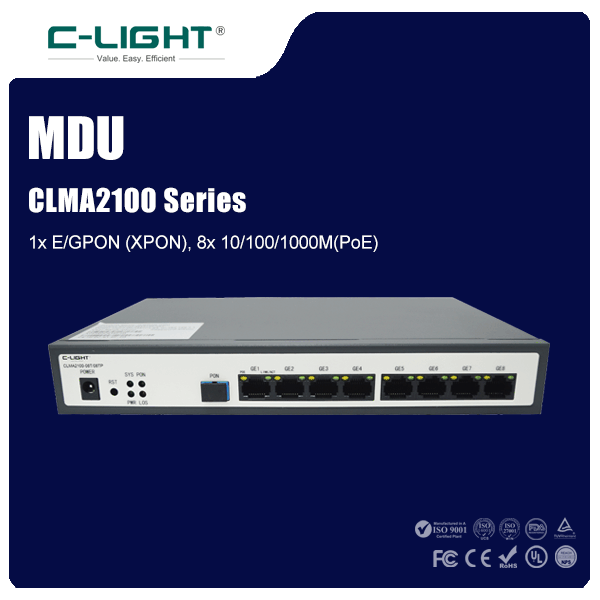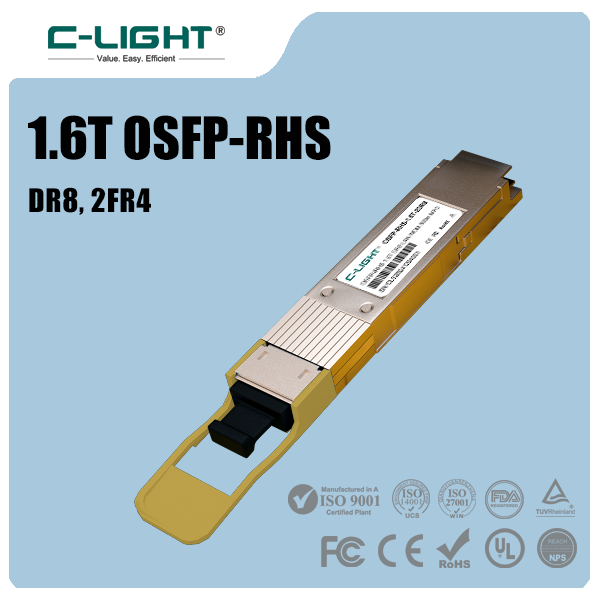An optical module consists of optoelectronic devices, functional circuits, and optical interfaces. Optoelectronic devices include two parts: transmitting and receiving.
To put it simply, the function of the optical module is photoelectric conversion. The transmitting end converts the electrical signal into an optical signal. After transmitting through the optical fiber, the receiving end converts the optical signal into an electrical signal.
SFP + and XFP are both 10G optical fiber modules, and can communicate with other types of 10G modules; Because of its smaller size, SFP + incorporates signal modulation, serial / deserializer, MAC, clock and data recovery (CDR), and electronics Dispersion compensation (EDC) function moved from the module to the motherboard card;
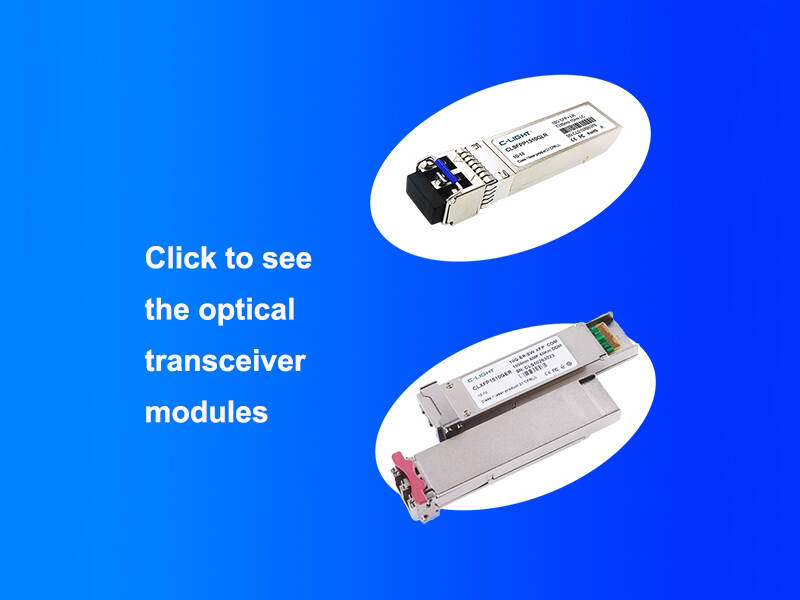
XFP compliance protocol: XFP MSA protocol; SFP + complied protocols: IEEE 802.3ae, SFF-8431, SFF-8432;
SFP + is a more mainstream design.
SFP+ - Upgraded SFP, data rates from 8Gb/s, 10Gb/s, 12Gb/s to 16Gb/s, distance up to 100km, 5G/10G Copper SFP+, 850nm, 1310nm, and 1550nm, bi-directional option (1270nm/1330 or 1490nm/1550nm, or any other wavelength required by user), DWDM and CWDM 50GHz 100GHz tunable wavelengths/channel options. LC/APC, SC/APC, PIGTAIL etc. connectors options. -40℃~85℃/ -20℃~85℃ temperatures options. Full range of P2P SFP+, XGSPON OLT ONU and DAC/ AOC cables are available with C-LIGHT.
XFP - data rates from 8Gb/s to 10Gb/s are available in C-LIGHT., distance up to 100km, 850nm, 1310nm, and 1550nm, bi-directional option (1270nm/1330 or 1490nm/1550nm, or any other wavelength required by user), DWDM and CWDM 50GHz 100GHz tunable wavelengths/channel options. LC/APC, SC/APC, PIGTAIL etc. connectors options. -40℃~85℃/ -20℃~85℃ temperatures options.
 TEL:+86 158 1857 3751
TEL:+86 158 1857 3751 













































